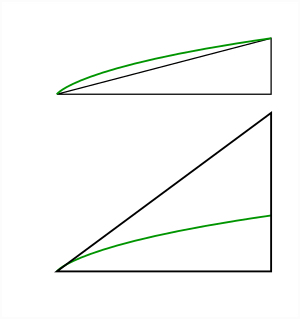- Joined
- Mar 8, 2008
- Messages
- 26,083
Yeah that's a fair point but I am a perfectionist and when restoring the more high quality vintage axes it is preferred to do the best grind possible so it does not diminish the value.
I have been given advice from a very knowledgeable bloke who grinds the professional race axes. Although a convex grind on a knife may be preferred a flat grind is much superior for chopping on an axe and because of this it is used in racing and timber sports. Flat grinds are much better for wood which is why chisels and planes are flat ground and why a flat grind on an a axe is called a chisel.
Not saying you are wrong a convex grind can be good on some axes since it Is more durable so fine for most, but if efficiency is the way to go then usually a flat grind with small micro bevel is what you want.
Again, convex isn't more durable. Thicker is more durable. And for a given edge angle, flat is thicker at the edge shoulder than convex is. Racing axes are for racing and just like a stock car would be horrible for daily commuting, so too would a racing axe be poorly optimized for normal axe work. They're heavy and so thin in the edge that anything short of a perfect cut causes the edge to blow out. The flat grind is used in that context chiefly because having slightly more supporting material at the shoulder enables a slightly lower edge angle without pushing it past the point where it no longer has the requisite strength to withstand even those perfect cuts.
The reason why flat (or slightly hollow) bevels are used on chisels and planes is because of how they function. Those are paring tools, and when making straight cuts the flats assist in riding the wood in a straight line, despite their single-sided bevel that offsets the deflection forces they experience. When used bevel-side down, a chisel will want to lift in the cut or turn towards the flat face because of the offset of the deflection forces and the relief (empty space) behind the bevel face. In the case of a plane it's locked securely in position by the plane bed, and the body of the plane further prevents that tendency to turn. The flat bevels serve multiple roles, but they're specific to the context in which the tool is used, and their single-beveled nature makes them different from an axe. The flat-ground edge of a racing axe is called a chisel grind because it is flat like a chisel, not because flat grinds are inherently better for use on wood nor because the flat bevel is performing the same role it would in a chisel.
Edit: Fixed minor typo.
Last edited:


